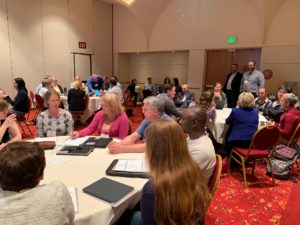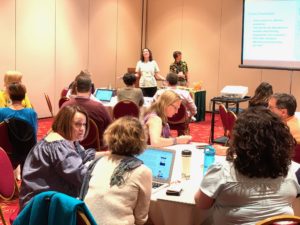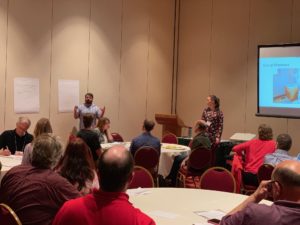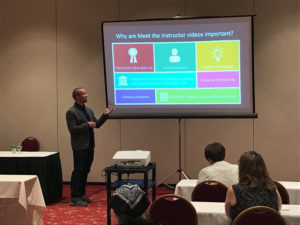Spring is upon us and growth and change is a fitting topic to explore this time of year. Here are four changes we saw in courses that we’d love to share with you, as well as the instructor’s perspective on these changes.
Adding Choice to Invigorate a Boring Assignment
Course: Introduction to Sociology, UW Flexible Option
Old: Students reviewed graphical U.S. census data and compared racial and ethnic populations over time.
New: Students can choose to conduct research on stratification or attend and analyze a community experience through the lens of race and ethnicity, gender, or social class.






